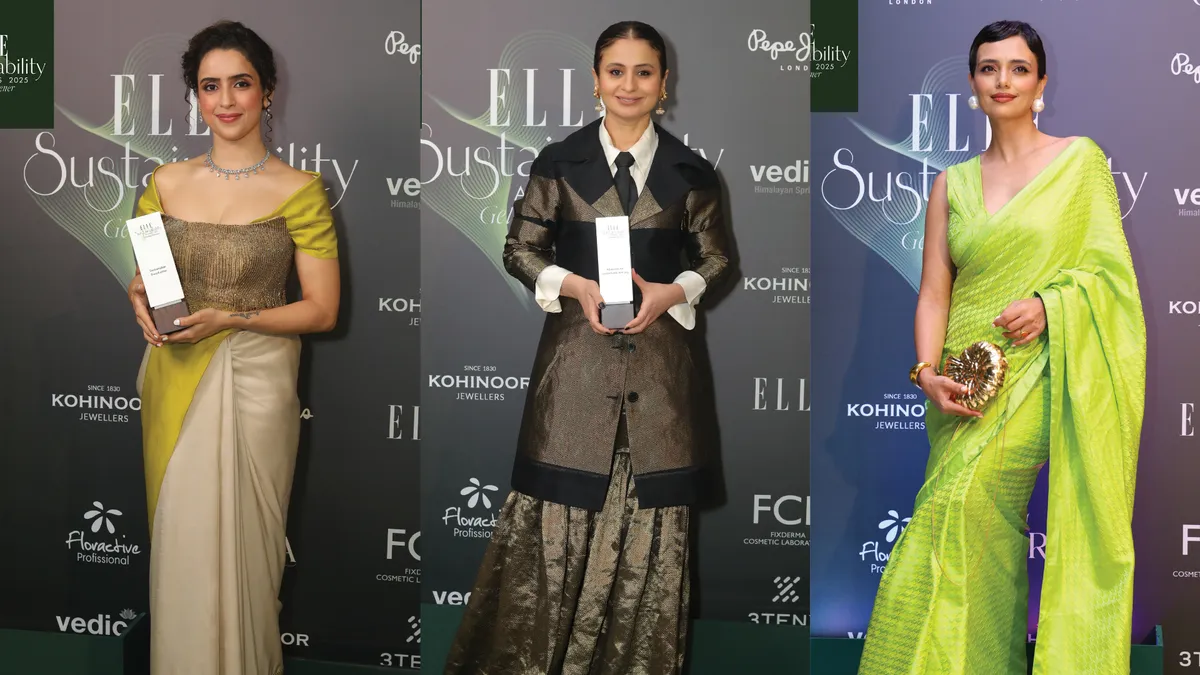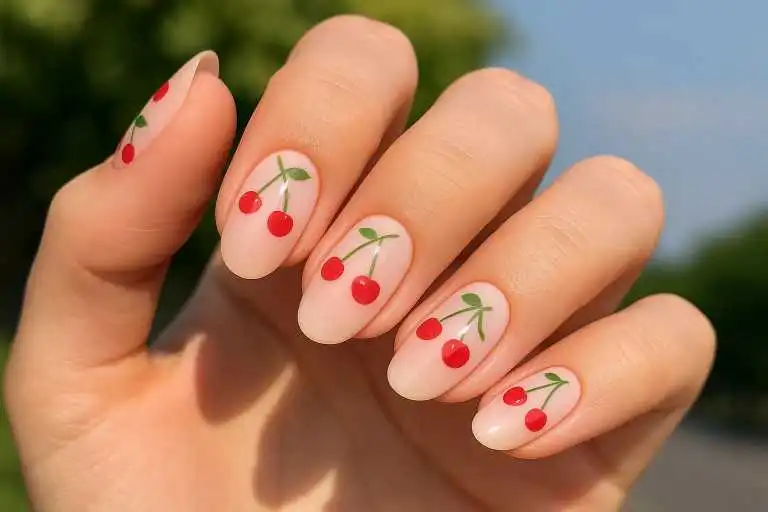In the bustling markets of Amritsar and boutiques of Delhi, a centuries-old craft is making a comeback. Phulkari, the traditional embroidery of Punjab, was once a part of wedding trunks and museum displays. It is now appearing on runways, in streetwear, and even with global fashion brands. What was nearly lost to industrialization is now being championed by designers.
Artisans, and cultural activists see it as more than just embroidery—it’s a legacy reborn. This revival isn’t just about aesthetics; it’s a reconnection to identity. For Punjabis worldwide, Phulkari represents heritage. It represents resilience, and a craft that refuses to fade away.
A Heritage In Thread: The History of Phulkari
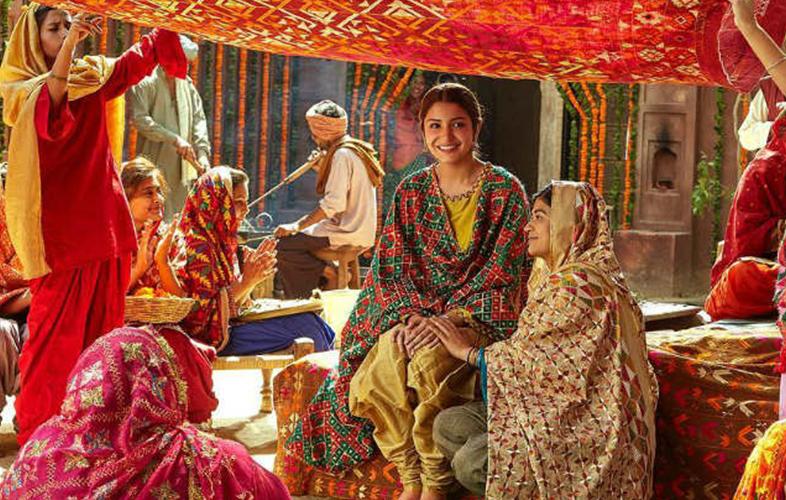
Phulkari (meaning “flower work”) traces its origins to 15th-century Punjab. The where rural women hand-embroidered vivid floral and geometric patterns.
This was done onto shawls (dupattas) and wraps (odhnis). It was done using brightly colored silk threads on coarse cotton or khaddar fabric. Traditionally, mothers and grandmothers stitched these pieces as part of a bride’s trousseau. They embedded blessings into every stitch.
- Phulkari was more than adornment—it was a language.Different motifs held meanings.
- Sainchi Phulkari depicted village life with scenes of farmers, animals, and festivals.
- Bagh (garden) Phulkari covered the entire fabric in dense floral patterns, symbolizing prosperity.
- Chope Phulkari, in red and gold, was gifted by a maternal grandmother at weddings.
- The Re-emergence: How Phulkari Returned to the Mainstream.
However, by the mid-20th century, British colonial policies and the rise of machine-made textiles led to its decline. Partition in 1947 further fragmented the craft. Many skilled artisans migrated to Pakistan. By the 1990s, Phulkari was at risk of becoming obsolete.
Exhibition of Phulkari Embroidery at the Philadelphia Museum of Art
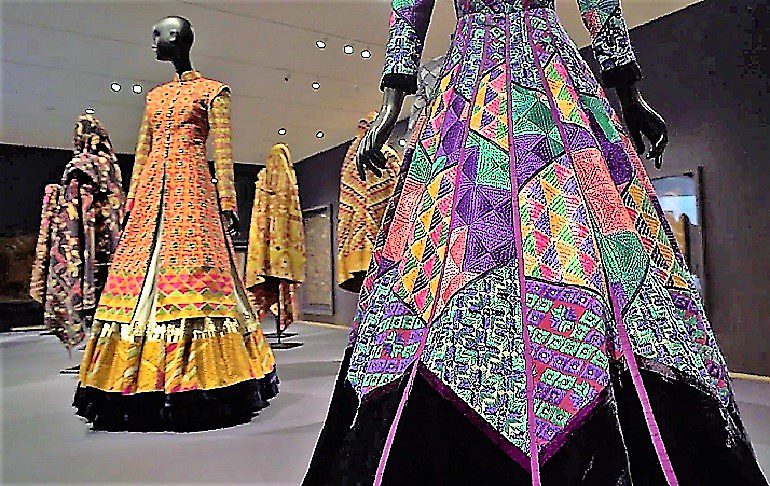
1. Fashion Industry Reinvention
Designers like Manish Malhotra and Ritu Kumar incorporated Phulkari into modern designs. In 2016, Vogue India featured Phulkari-inspired lehengas and jackets. They called it a “bohemian revival”. International brands like Gucci and Valentino have also drew inspiration. They were inspired from its motifs, giving it global appeal.
2. Empowering Artisan Communities
NGOs like The Phulkari Collective (founded in 2015) and government schemes such as “One District, One Product” are training rural women in traditional embroidery. they do also ensure fair wages. Over 5,000 women in Punjab’s villages now earn livelihoods through Phulkari cooperatives.
3. Social Media & Cultural Pride
Instagram and Pinterest are flooded with #PhulkariRevival posts. Brides are seen flaunting heirloom dupattas. Influencers are pairing Phulkari jackets with jeans. Celebrities like Sonam Kapoor wearing it at international events. The youth, once disconnected from the craft, now see it as cool heritage.
My mother thought Phulkari was old-fashioned. Then I wore a Phulkari crop top to college. And veryone asked where they could get one says Harman Kaur, a fashion student in Ludhiana.
Why Phulkari Matters: Cultural and Economic Significance?
1. A Symbol of Punjab’s Resilience
During the 2020-21 farmers’ protests, Phulkari became a political statement. Women embroidered slogans onto shawls, merging tradition with activism. Historian Dr. Alka Pande notes, “Phulkari is no longer just craft; it’s a voice”
2. Slow Fashion Movement
As sustainability gains traction, handwoven Phulkari aligns with eco-conscious trends. Unlike mass-produced prints, each piece is unique. Artisans spend weeks on a single shawl.
3. Bridging Generations
Schools in Punjab now include Phulkari workshops, ensuring children learn the craft. Museums like Delhi’s Crafts Museum have dedicated exhibitions. Documentaries like “Threads of Punjab” (2023) archive its history.
Challenges & The Road Ahead
Despite its revival, challenges persist:
- Cheap Imitations: Machine-made “Phulkari-style” prints flood markets, undercutting genuine artisans.
- Declining Interest Among Youth: Urban millennials embrace it. But rural artisans struggle to find successors.
- Lack of Govt. Support: Many artisans still rely on middlemen for sales. They earn minimal profits.
- Initiatives like e-commerce platforms offer for direct artisan sales. The collaborations with luxury brands offers hope.
Conclusion
Phulkari’s revival is a testament to Punjab’s enduring spirit. It is a blend of tradition and modernity, nostalgia and innovation. It adorns global runways and hometown weddings alike. The embroidery whispers stories of the past while stitching itself into tomorrow.
As 70-year-old artisan Gurmeet Kaur from Patiala says, Every time I pick up a needle, I’m weaving not just threads, but our history. For Punjab, Phulkari is no longer just a craft—it’s a revolution


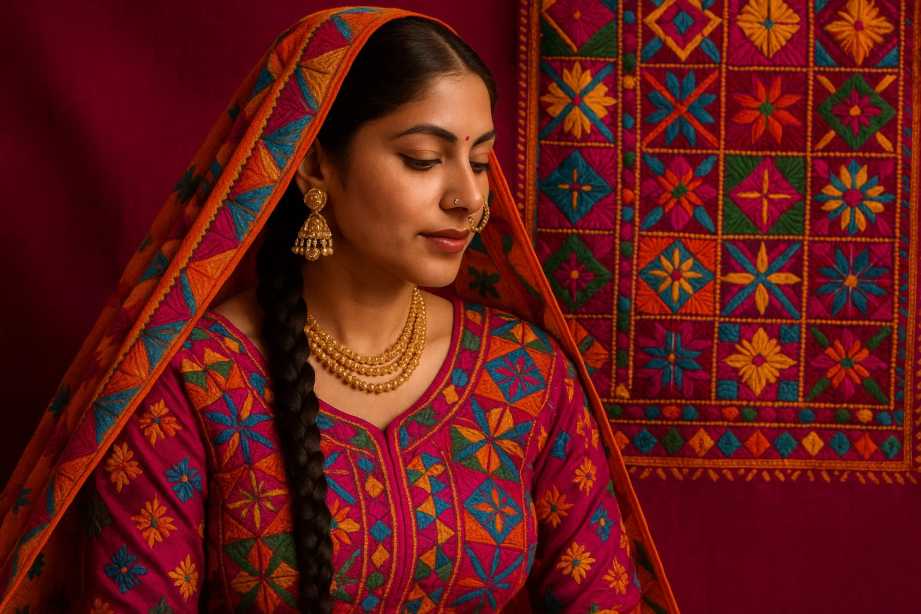
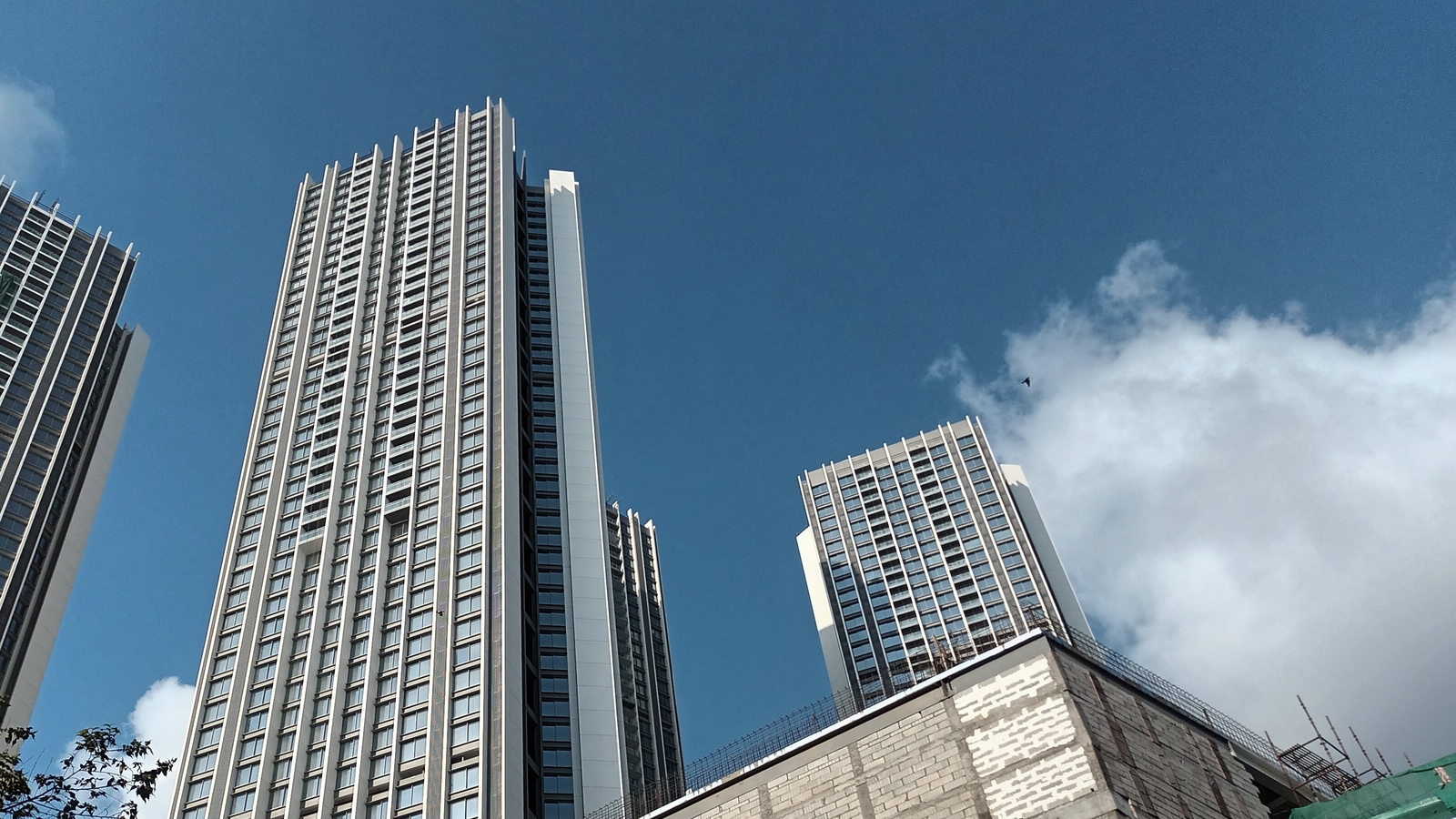
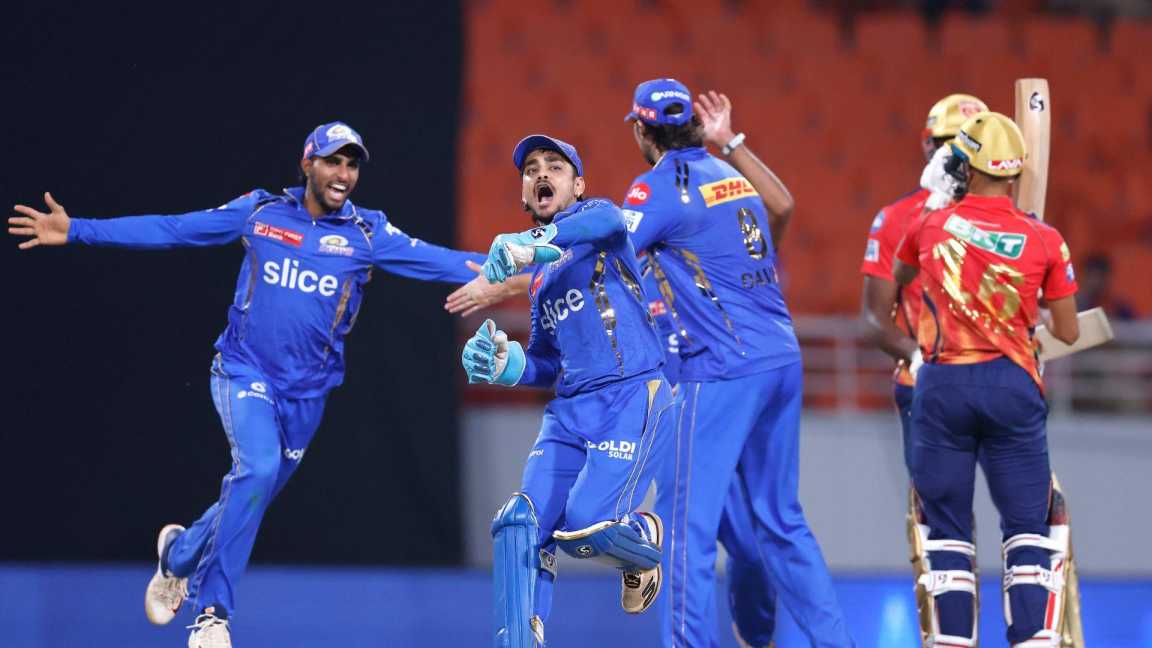
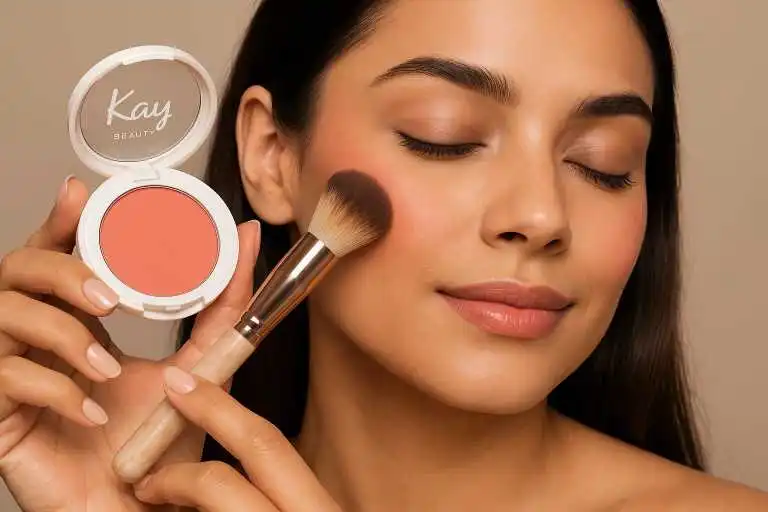

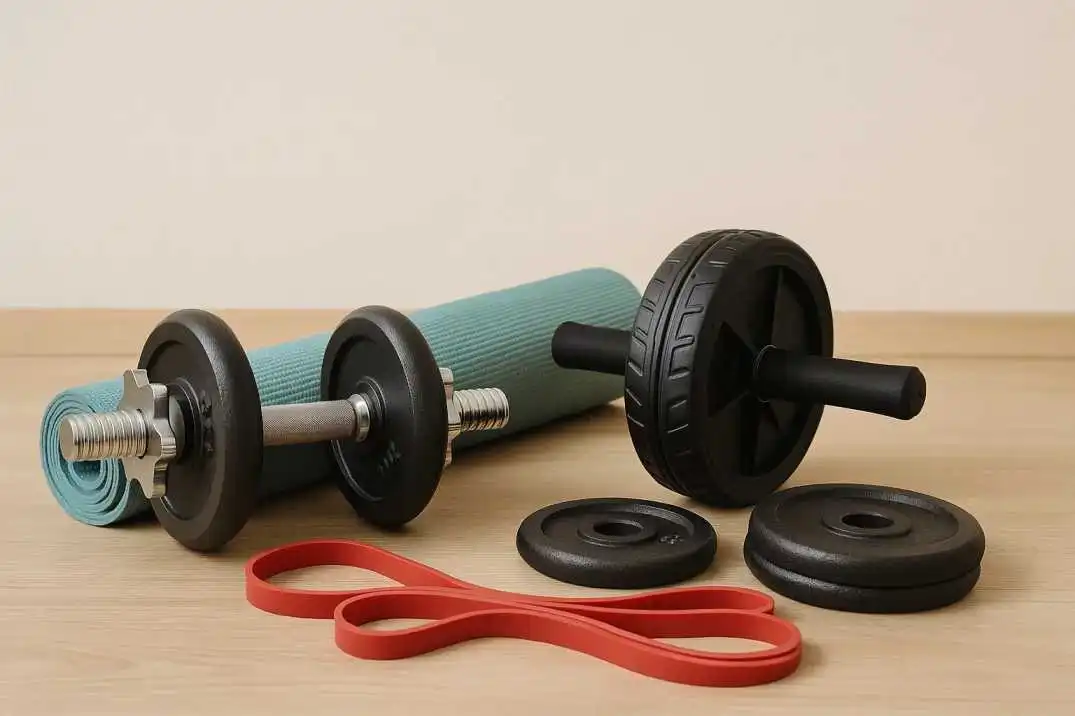


.webp)

